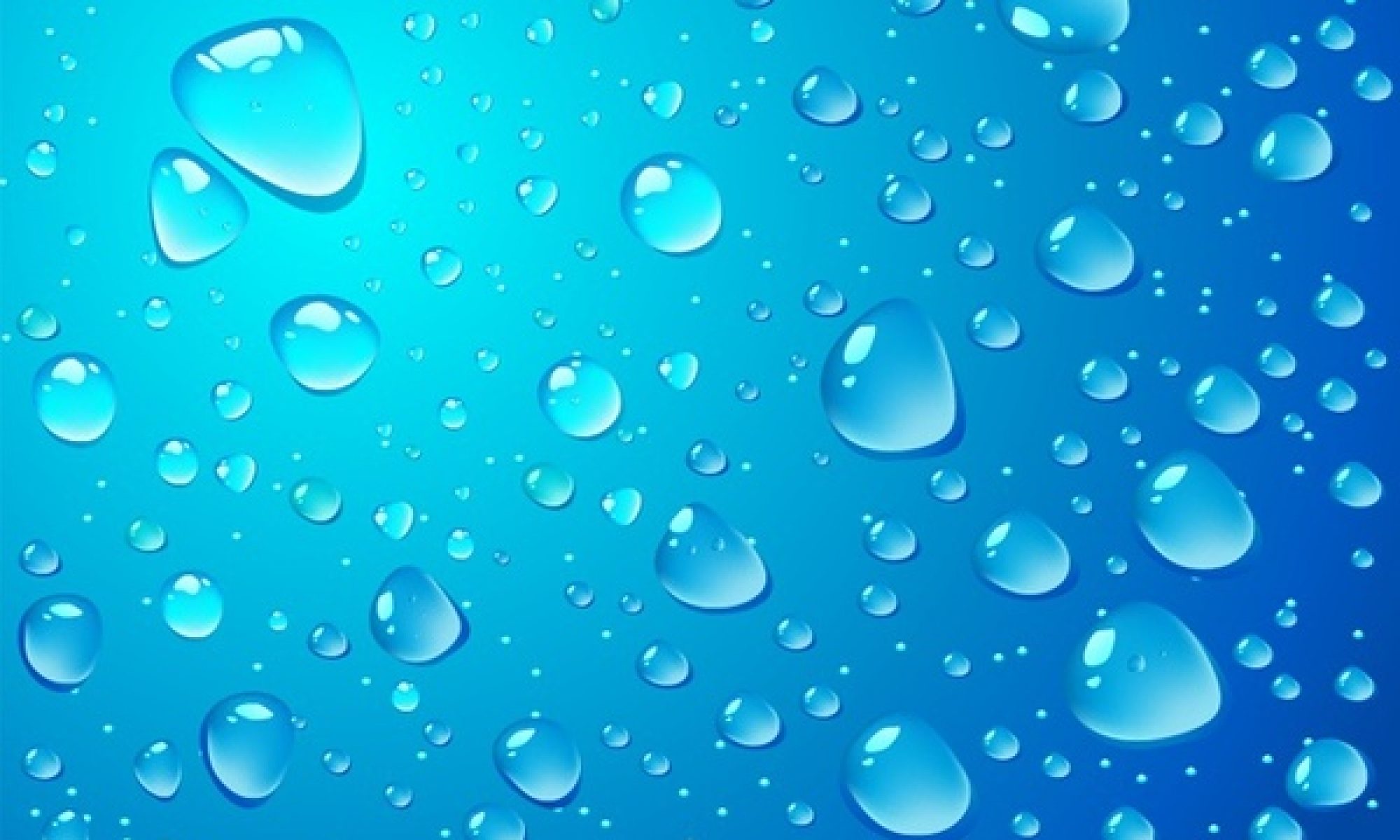
Are you wondering what the differences are between a whole house water filter system and a reverse osmosis system? They both have their own unique features and benefits. Keep reading our blog to learn more about these two popular filtration systems.

Understanding Whole House Water Filter Systems
A whole house water filter system is positioned where your main water line enters your home. It’s a collective set of filters within a single unit, filtering both hot and cold water.
Pros:
- Filters all the water in your home
- Enhances quality of water for drinking, showering, etc.
- Systems vary for specific needs (i.e., city or well water)
- Comprehensive filtration
Cons:
- Installation can be challenging; often requires a plumber
- Permanent setup, not ideal for rental properties
- Reliable systems start around $1,000.

Understanding Reverse Osmosis Systems
Reverse osmosis systems are also a collective set of filters within a single unit, but they utilize a specialized, semi-permeable membrane with fine pores to filter out contaminants. While they can be placed at various points of use, they’re often installed under kitchen sinks due to water waste concerns.
Pros:
- Provides exceptional filtration, removing nearly all contaminants
- Versatile placements: under-sink, countertop, or whole home
- Generally straightforward installation
Cons:
- Strips water of beneficial minerals
- May result in flat-tasting water
- Uses excess water
What’s the Main Difference Between a Whole House System and a Reverse Osmosis System?
The primary distinction between whole-house systems and reverse osmosis systems lies in their filtration process. While entire house systems utilize a sequence of filter cartridges to capture contaminants, reverse osmosis systems incorporate an extra filtration layer—a semi-permeable membrane—that removes almost all dissolved solids, including minerals and metals, from the water.
Which is better for your home or office? It just depends on what you’re looking for!
Some Other Things to Consider Regarding Water Filtration:
- Cost: Whole house water filtration systems range from $500 to $2,000+, with prices influenced by brand, quality, and performance specialization. With their advanced designs, air injection systems typically cost more than cartridge systems. Meanwhile, under-sink reverse osmosis systems are priced between $150 and $1,000, determined by design and performance.
- Design: Whole house systems’ designs differ. City water systems often combine carbon media with others like ion exchange, KDF, and activated alumina. They come as tank-based or cartridge-based, with most having a sediment pre-filter. In contrast, reverse osmosis systems use a multi-stage approach, including sediment, carbon, polishing filters, and a semi-permeable membrane. Traditional RO systems store water in tanks, while contemporary models are tankless.
- Installation Location: Whole house water filtration systems treat all water entering your home, installed near the water’s entry point. On the other hand, reverse osmosis systems can filter the entire home’s supply or just specific areas like the kitchen sink.
- Contaminant Removal: Whole house systems target common drinking water contaminants like chlorine, chloramine, heavy metals, VOCs, nitrate, arsenic, fluoride, pharmaceuticals, and agrochemicals. However, their efficacy varies, and some might address even more contaminants. In contrast, reverse osmosis systems offer bottled-quality water, removing said contaminants plus bacteria, minerals, salts, cysts, and certain viruses.
- Efficiency: Whole house systems are generally efficient. Most don’t rely on electricity or waste water, making them cost-effective and straightforward. However, some, like air injection systems, do waste water during backwashing. While reverse osmosis (RO) systems are improving in efficiency, they inherently waste water by flushing contaminants. Some modern RO systems offer a 1:1 water waste to pure water ratio, but traditional ones can waste up to 4 gallons for every gallon purified.
- Maintenance Requirements: Whole house systems for city water typically need annual maintenance, with filters changed every 12 months, though some may require more frequent changes. Systems using pre-loaded media tanks need maintenance every 5-10 years. In contrast, RO systems demand more upkeep. They usually have three filters needing replacement every 6-12 months and a semi-permeable membrane with a two-year lifespan.
Need help deciding which water filtration system is best for your household? Contact a water specialist expert at Reynolds Water Conditioning today for assistance!
____
Reynolds Water Conditioning was established in 1931 and is Michigan’s oldest water conditioning treatment company. Still owned and operated by the Reynolds family, we take pride in providing the highest quality products at a cost-effective price. If your tap water lacks the quality you deserve, contact us today at 800-572-9575.
Written by the digital marketing team at Creative Programs & Systems: https://www.cpsmi.com/


